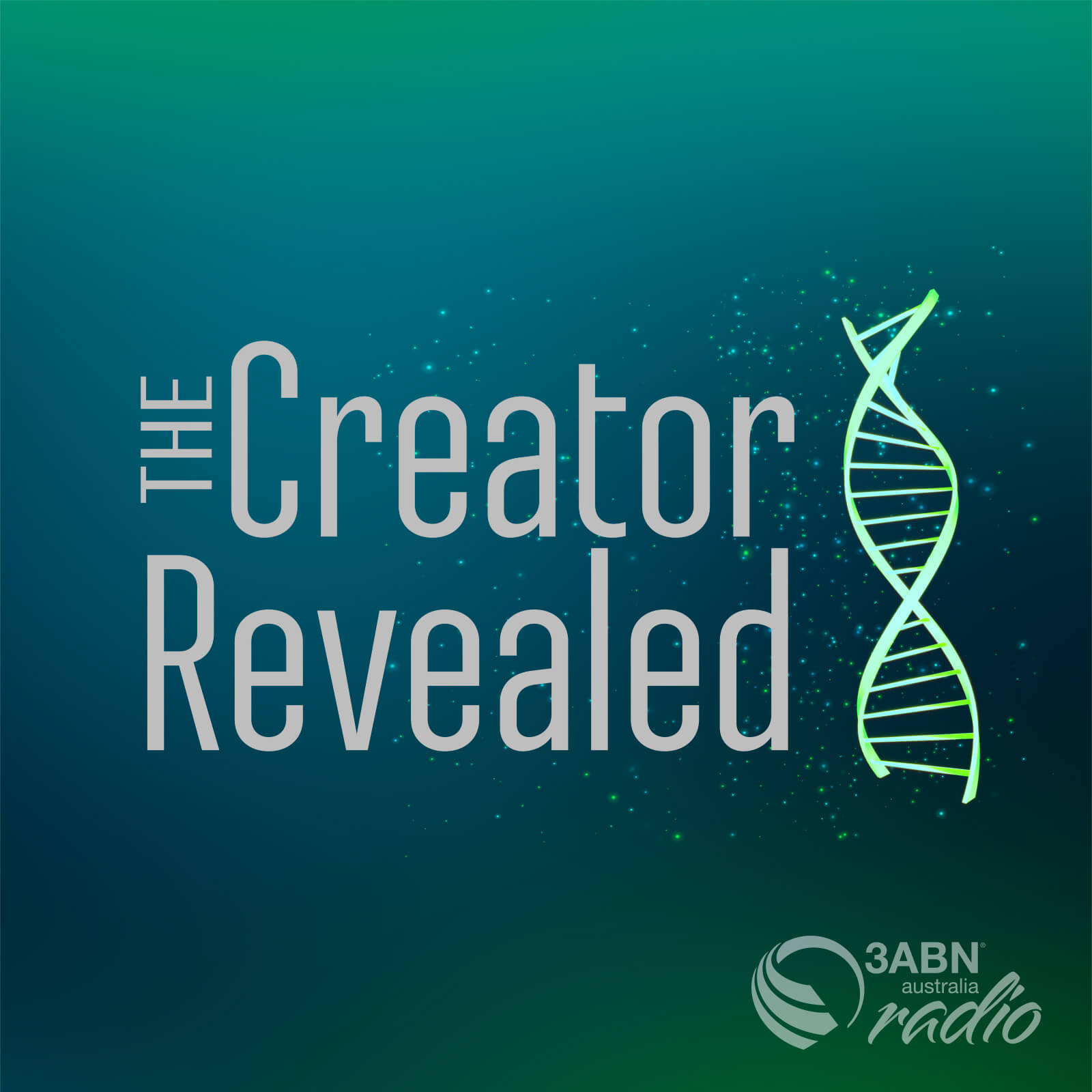Incredible as it may seem, Charles Darwin and his modern followers believe the human body contains examples of poor design. Is this pessimistic view of ourselves supported by the evidence? We will look at some of the abundant evidence that humans are engineering successes using one of the very masterpieces that Darwinists commonly present as an example of bad design.

Scientists are just beginning to understand the structure and function of minute machines that are essential for life. Inside cells, these submicroscopic motors, generators...

For a Bible-believing Christian, nature is filled with beauty. We know in the depths of our hearts that the tragedy of sin has terribly...

Are other creatures fundamentally different from humans? The surprising answer is both “Yes” and “No”. Why does the biblical account of creation lead us...